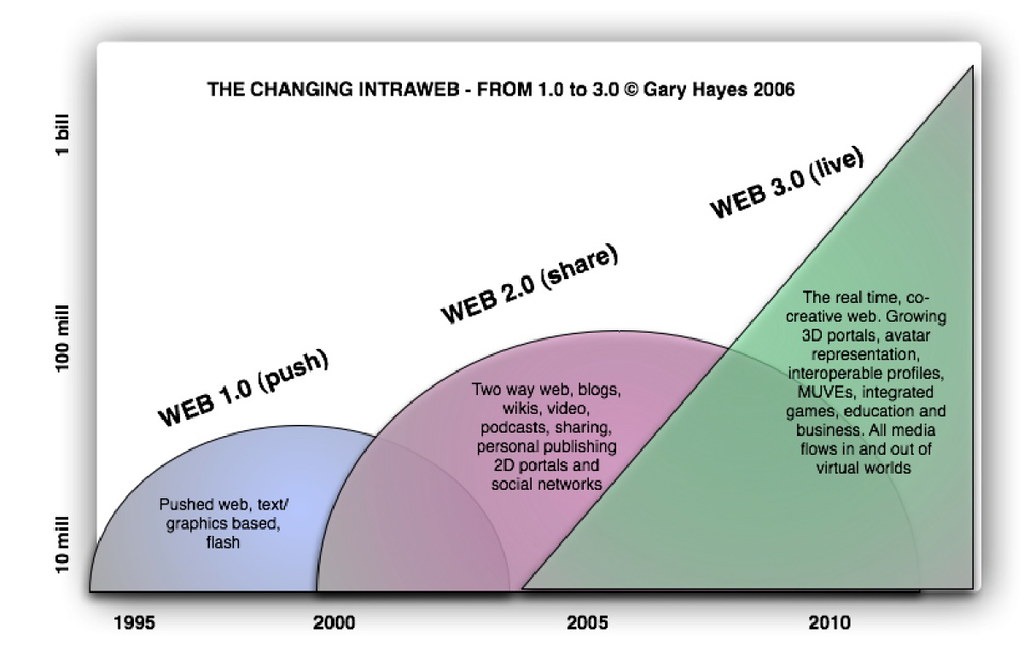The internet has become an indispensable part of our lives, providing a vast array of information, entertainment, and communication tools. However, beneath the surface of the visible internet, commonly known as the Surface Web, lies a hidden realm known as the Deep Web. This enigmatic world, often shrouded in mystery and misconception, contains a wealth of content and services inaccessible to standard search engines.
What is the Deep Web?
The Deep Web refers to the vast collection of websites and content that cannot be found using standard search engines like Google or Bing. These websites are intentionally designed to be hidden from public view and often require special software or authorization to access. The Deep Web encompasses a wide range of content, from academic and scientific databases to illegal marketplaces and restricted material.
Why is the Deep Web Hidden?
The Deep Web’s hidden nature is often attributed to the desire to protect sensitive information or maintain privacy. For instance, academic journals, financial records, and private databases are intentionally kept off the Surface Web to safeguard confidentiality. Additionally, some Deep Web content, such as illegal or controversial material, is intentionally hidden to avoid legal repercussions or societal scrutiny.
Accessing the Deep Web
While the Deep Web is not readily accessible through standard web browsers, there are specialized tools and techniques that can be used to navigate its hidden depths. The most common method involves using Tor (The Onion Router), a free and open-source software that anonymizes internet traffic by routing it through a network of volunteer relays. This layered approach helps to conceal the user’s identity and location, allowing them to access Deep Web sites with greater privacy.
What’s on the Deep Web?
The Deep Web is a diverse and ever-evolving landscape, encompassing a wide range of content and services. Here’s a brief overview of some of the major categories of Deep Web content:
- Academic and Scientific Resources: The Deep Web hosts a wealth of academic and scientific literature, including research papers, journals, and datasets. These resources are often invaluable for researchers and scholars seeking in-depth information on specific topics.
- Private Databases and Networks: Organizations and individuals use the Deep Web to maintain private databases, forums, and communication channels. These platforms provide a secure space for sharing confidential information, collaborating on projects, or engaging in private discussions.
- Illegal Marketplaces and Activities: The Deep Web is also home to a darker side, where illegal activities such as drug trafficking, cybercrime, and the sale of illicit goods take place. These marketplaces operate in the shadows of the internet, exploiting the anonymity of the Deep Web to conduct their activities.
Navigating the Deep Web Responsibly
Venturing into the Deep Web requires caution and awareness of the potential risks involved. As with any online activity, it’s crucial to exercise discretion and employ security measures to protect your privacy and safety. Here are some important guidelines to follow when exploring the Deep Web:
- Use Tor or other trusted anonymizing tools.
- Avoid clicking on suspicious links or opening unsolicited attachments.
- Do not download files from unknown sources.
- Be mindful of the information you share online.
- Use strong passwords and enable two-factor authentication.
- Be aware of the potential for scams and phishing activities.
Conclusion
The Deep Web is a fascinating and multifaceted realm, offering a glimpse into the hidden corners of the internet. While it holds a wealth of valuable information and services, it’s important to approach it with caution and awareness of the potential risks. By employing appropriate security measures and exercising responsible online practices, users can navigate the Deep Web safely and explore its vast array of content.





